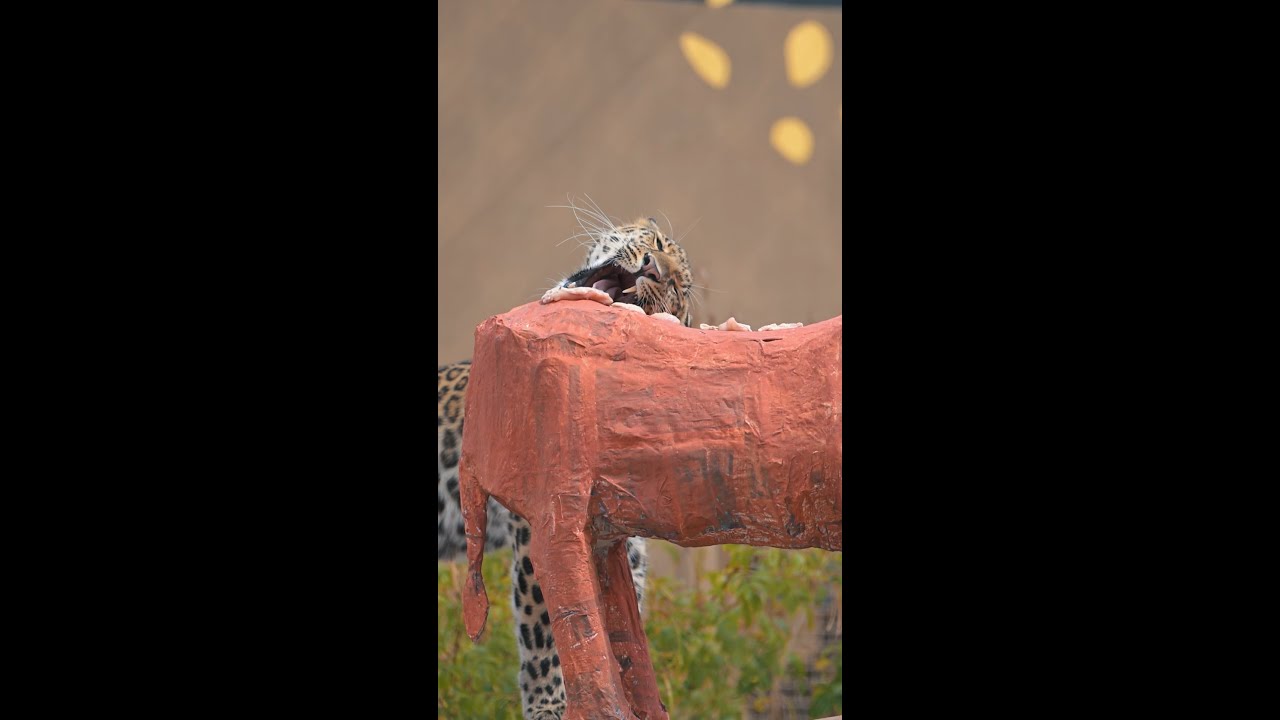- Exploring the Importance of Behavioral Enrichment in Zoos and Its Benefits for Animals like Jasper
- Understanding How Different Forms of Enrichment Influence Animal Behavior and Welfare
- Examining the Role of Zoo Management in Implementing Effective Enrichment Strategies
- Discussing the Broader Implications for Wildlife Conservation and Ecosystem Health
- Analyzing the Connection Between Public Education, Conservation Efforts, and Behavioral Enrichment
Behavioral enrichment is a crucial component of modern zoo management, as it enhances the quality of life for captive animals. These measures aim to simulate elements of the animal’s natural environment, encouraging natural behaviors and mitigating stress. For Jasper and other animals, enrichment activities are essential in promoting mental and physical well-being. Enrichment can range from physical structures like climbing apparatuses and water features to cognitive challenges such as puzzles and training exercises. These interventions are not just beneficial; they are essential for maintaining the health and happiness of animals in captivity.
Zoos employ various forms of enrichment, tailored to the specific needs of different species. Physical enrichment involves altering the animals’ environment to promote exploration and activity. For a bear like Jasper, this might include logs for climbing, streams for wading, or interactive feeders that challenge him to retrieve food. Cognitive enrichment, on the other hand, involves problem-solving tasks, which are particularly effective in preventing boredom and encouraging natural foraging behaviors. Social enrichment is also vital, allowing animals to interact with others of their species, fostering natural social structures and reducing stress caused by isolation.
Zoo management plays a vital role in the successful implementation of behavioral enrichment programs. Managers must balance the animals’ needs with available resources, such as space, funding, and personnel. They work closely with veterinarians, zookeepers, and researchers to design and assess enrichment activities that are both effective and safe. By engaging in continuous evaluation and training, zoo staff can refine these programs, ensuring that they meet the complex needs of the animals. This collaborative approach is essential to advancing animal welfare in captivity.
The implications of behavioral enrichment extend beyond individual zoos, influencing broader wildlife conservation efforts. By studying the effects of enrichment on captive animals, zoos contribute valuable data to the scientific community. This research can inform conservation strategies, improving the success rates of reintroduction programs for endangered species. Moreover, zoos serve as conservation ambassadors, educating the public about the importance of preserving biodiversity and protecting natural habitats. Enrichment programs offer visitors a glimpse into the animals’ natural behaviors, fostering a deeper understanding and appreciation of these creatures.
Education and conservation are intricately linked in the context of behavioral enrichment. When the public observes animals like Jasper engaging in natural behaviors, they become more invested in conservation efforts. Zoos often incorporate educational programs, highlighting the role of enrichment in promoting animal welfare. These initiatives encourage visitors to consider the impact of human activity on wildlife and the importance of sustainable living. By bridging the gap between entertainment and education, zoos can inspire future generations to support conservation and environmental stewardship.
Behavioral enrichment underpins the ethical management and welfare of captive animals. It encompasses a range of activities designed to simulate natural behaviors, aiding in the physical and mental well-being of creatures like Jasper. As zoos continue to refine these practices, they contribute to the broader field of wildlife conservation, providing critical insights into animal behavior. This, in turn, enhances public education and fosters a greater connection between humans and the natural world. With a commitment to continuous improvement, zoos play an instrumental role in safeguarding animal welfare for future generations.
*****
Source Description
Playing with your food = Jasper approved ☑️


